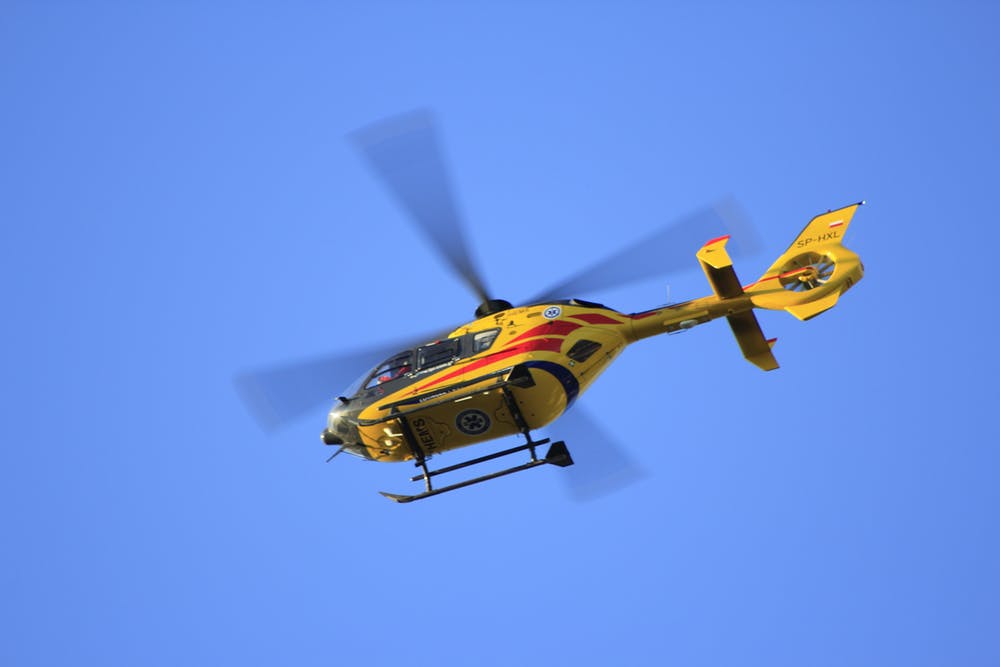The allure of the sky has always captivated many. The thrill of soaring above terrains, the freedom, the perspective – it’s a dream that resonates with countless individuals. But the journey from ground to cloud isn’t just about strapping in and pushing the throttle.
Helicopter piloting is a craft demanding both technical prowess and nerves of steel. If you’re contemplating this journey, it’s crucial to understand that all courses aren’t cut from the same cloth. From the basics for the budding aviator to the intricate for the near-professional, the aviation world has something for everyone.

Starting from Scratch: Beginner Courses
Imagine not knowing your left from your right and being thrown into a dance class where everyone’s doing the cha-cha. Overwhelming, right? That’s where beginner courses come into play.
- Fundamental Flight Principles: Before even touching the controls, there’s a need to grasp the ‘why’ before the ‘how’. How does a helicopter lift? What are the roles of different parts?
- Ground School: It isn’t all about being up in the air. Ground lessons cement theoretical knowledge essential for safety and understanding the intricacies of flight.
- Hands-On Control: Here’s where the magic starts! Initial flights, albeit short, allow you to familiarise yourself with the cockpit and basic manoeuvres.
- Safety Protocols: What if? It’s a crucial question. Understanding emergency procedures and basic safety norms is an absolute must, ensuring you’re prepared for unexpected situations.
Levelling Up: Advanced Courses
For those who’ve tasted the sky and crave more, advanced helicopter flight schooling is your calling. This is where the real challenges emerge, and the learning curve steeps.
- Diverse Flight Conditions: Calm skies? Check. Stormy weather with gusty winds? Check. Advanced courses expose trainees to varying conditions, ensuring adaptability and honing skills.
- Intricate Manoeuvres: Hovering, sideways flight, and quick-stop are just a few advanced techniques that trainees master. It’s not just about flying straight and level anymore.
- Navigation and Communication: Plotting routes, understanding air traffic, and communicating with control towers become pivotal. It’s where piloting intertwines with multitasking.
- Emergency Response: Engine failures, system malfunctions, or even medical emergencies – pilots need to be ready. Advanced training instils the confidence and knowledge to handle high-stress situations.
Which One’s for Me?
While it’s tempting to jump into the deep end, it’s essential to gauge where you stand. For those who can’t differentiate a cyclic from a collective, the beginner’s path is your best bet. It offers a gentle introduction, ensuring foundational knowledge is robust.
But if you’ve got some flight hours under your belt and are itching for more? Advanced courses await. They’ll challenge you, push you, and mould you into a skilled pilot ready for the vast complexities the sky offers.
The Sky is Not the Limit
Helicopter piloting isn’t just about the destination; it’s about the journey. The path from beginner to advanced is laden with lessons, both about helicopters and oneself. It’s about patience, perseverance, and an undying passion for the skies.
Whether you’re just starting out or gearing up for more advanced challenges in helicopter pilot programs, the skies welcome you with open arms. Embrace the journey, for it’s one of growth, learning, and endless horizons.



